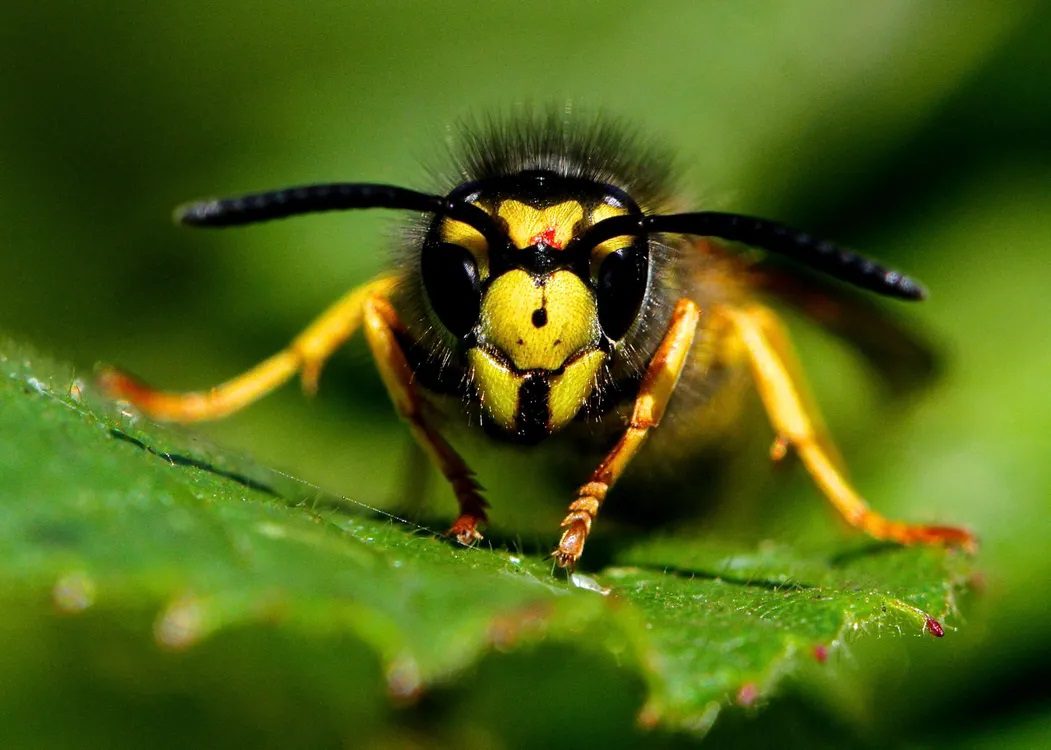Well, the wasps are out again. Swinging and swatting at them will only get you stung, so read on to learn a little more about wasps, how to prevent them from making your home their home, and what to do if you are finding wasps a problem. And remember, we’re always here to help if you are in any major city in Alberta.

Wasps: Description
More than 500 wasp species are found throughout Canada. Most wasps are social
species that live in multi-member colonies, and they number from fewer than 10 individuals up
to 15,000. Among these, nuisance wasps include hornets, yellow jackets, paper wasps,
and mud daubers.
All About Wasps
WASPS – Frequently Asked Questions & Concerns
Wasps are commonly attracted to homes and properties due to accessible food sources and improperly managed garbage. During colder months, overwintering wasp queens often seek shelter in low-traffic areas such as attics, sheds, garages, and storage spaces.
Outdoors and wasps may nest in old animal burrows, wall voids, sandy soil, abandoned vehicles, or tree cavities near the home. Identifying and eliminating these potential nesting sites is key to effective wasp control and prevention.
Wasps play a beneficial role because they prey on pest insects that can damage agricultural crops or gardens. When provoked, wasps can deliver multiple stings, which could potentially result in deadly anaphylactic shock in allergic individuals who do not receive prompt treatment. Because wasps are extremely territorial and can be dangerous and aggressive, the removal of wasp nests should be completed by a trusted and reputable pest control company, like Major Pest Control.
Are you looking for help with wasps? We’re here to help.
We’re happy to help where we can. Contact us for a quote on wasp control, and remember, we guarantee your satisfaction with our pest control services, or they are 100% free.
Check out our reviews from Google below.
We Strive For 5 Star Reviews!

